As marketers, we spend hours planning every detail of each campaign, crafting the perfect copy and agonizing over fonts, colors, and spacing. We talk through our personas, target audiences, and messaging. We build emails from scratch, or lovingly modify templates to put our best foot forward with our email campaigns.scriber

With all the blood, sweat, and tears that go into our emails, there’s nothing more heartbreaking than finding out the message never made it to our subscribers. No matter how carefully we plan our campaign strategy, design, and development, if the email doesn’t reach the inbox, you won't delight subscribers or see ROI.

Making it into the inbox is one of the more ambiguous, misunderstood elements of sending great email. Marketers often mix up a key distinction: delivery vs. deliverability. Though the terms are often used interchangeably, they have very different meanings. Let's distinguish the two below.
Email Delivery vs. Email Deliverability
Let’s start with the basics: What are we even talking about?
When it comes to understanding the difference between delivery and deliverability, ask yourself these questions: Can a receiver accept your message?", and, Does it get to the inbox?"
To further explain, we're going to dive into both a little further, below:
Email Delivery
"Can a receiver accept your message?"
This term describes whether or not a receiver accepts your email, which comes before the inbox or spam folder distinction, so be careful not to mix up the two. If your email doesn't make it into an inbox, that means delivery wasn't successful, no matter which inbox it would be displayed in.
Delivery refers to whether or not a receiver accepts the message you’ve sent. Does the domain or email address exist? Is your IP address blocked?
Imagine that, instead of being an email, it's personified in a busy business traveler on her way to a conference. Successful delivery would mean that the traveler arrived at the correct airport. She then proved her identity with a ticket and passport, and airport security verified her as safe to pass through security to her departure gate.
Similarly, when an email is successfully delivered, that simply means it made it to the intended recipient’s mailbox — and that could be in the inbox or the spam folder.
Email Deliverability
"Does it get to the inbox?"
Also known as inbox placement, this is a term that describes where that message ends up once it is delivered: In other words, deliverability decides if your email will land in the inbox, spam folder, or another folder.
Let's return to our travel metaphor. Our traveler has made it through security to the correct gate and now needs to get to her destination.
Deliverability is akin to where the traveler's flight ultimately arrives. While most travelers safely get to their departure gate (delivery), severe weather or other mishaps may reroute them, for example, from Dallas to Houston, instead of the conference destination (deliverability).
Deliverability consists of three parts:
- Identification — This defines the set of protocols that prove you are who you say you are when you send an email, such as Sender Policy Framework (SPF), DomainKeys Identified Mail (DKIM), and Domain-Based Message Authentication, Reporting, and Conformance (DMARC).
Each of these terms function like a passport, license, or background check. Are you Jane Doe, the hard-nosed lawyer from upstate New York? Or Jane Doe, the collegiate swim coach from southern California? - Reputation — Your sender reputation is a score that signals how trustworthy your emails are. Each organization and internet service provider (ISP) might have different scores for you, but generating positive subscriber behavior, (which means users marking you as a trusted sender), is the best way to boost that reputation.
- Content — Is your message appropriate and relevant for your audience? Are you combining poor copy with poor formatting to deliver a less-than-inspired email experience to readers?
Using weird formatting can impact your email's deliverability based on your previous sending patterns. Think about it from your subscribers’ perspective: Receiving an email with the subject line “MAKE MONEY TODAY!!!!”, isn't enticing to open. Tailor your message to what your subscribers care about to make the most impact.
Identification and reputation account for most of the reason an email lands in the inbox or the spam folder. Think about waiting in line for an airport security screening. If you don’t have a ticket, you won’t make it past the first desk. And if you’re on the no-fly list, you’re not going anywhere.
Delivery issues mean that something may be wrong with your infrastructure, you’ve got faulty email addresses on your list, or you've received enough negative user interaction to warrant a block. Deliverability issues, on the other hand, indicate that your sending and permission practices might be out of date, aren't legal, or your subscribers are disinterested in your content.
If these descriptions worried you a bit, don't fear. In the next section, we're going to talk about how to improve your email deliverability so subscribers will enjoy your emails with every delivery.
How to Improve Email Deliverability
Now that you know the difference between email delivery and deliverability, what does this mean for your marketing strategy? Here are some best practices to ensure your messages make it to subscribers' inboxes.
1. Configure a clean email list.
Even though permission-based marketing is essential, when it comes to emails, permission can expire. A large number of inactive subscribers can dramatically impact your deliverability because they offset your engagement metrics. Consider removing or suppressing inactive customers after a set time or automating a re-confirmation campaign.
If you’re having deliverability issues, it’s possible your list includes spam traps, which look like real email addresses, but are used to identify spammers. Sending to one can indicate poor list hygiene or spammy acquisition practices, like buying and renting lists or scraping email addresses off the internet.
Removing invalid emails on a regular basis and re- confirming your inactive subscribers can help declutter your list.
2. Provide easy unsubscribe options.
It’s a common myth that unsubscribes are a bad sign, but there’s no evidence to prove that unsubscribe rates affect deliverability. In fact, it can actually help if you're boosting your subscriber engagement and cleaning up your email list.
Sending targeted campaigns to people who want to receive your emails is likely to increase opens and clicks and decrease bounce rate. But, if users do want to unsubscribe, make it easy. It can be as simple as adding a link at the bottom of your emails, like this example:
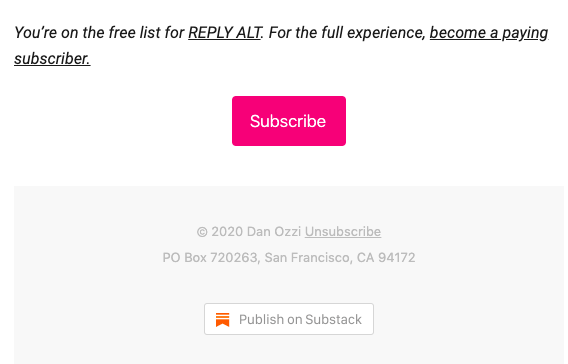
Don't hide your unsubscribe button. Make it a clear find in your email, whether that be in the footer or at the top. Streamline the unsubscribe process so that it’s one step — otherwise, you’re fighting a losing battle against the dreaded “report as spam” flag.
3. Make your emails personal.
Marketers and subscribers often define spam differently. Subscribers don’t think in terms of spam filter testing or algorithms, but in terms of relevance. Are you sending content that matters to them?
This is ultimately the most important question to ask yourself before hitting "send" on any email, so make sure to read your copy for errors and relevance.
Email is one of the most personal channels in a marketer’s arsenal. Sending emails that resonate with your audience and leverage the 1:1 nature of the medium won’t just positively impact your deliverability — it will also boost reader engagement won't build better relationships with your audience.
4. Add engaging text to emails.
When you make your emails, make sure your copy engages the reader. Subject lines are your emails' first impression: Are the witty and enticing, like these examples?

Your email subscribers are likely already fans of your company, so the email experience should be as enjoyable as everything else your customers love.
Odds are, you have a pretty good idea of the language that makes your customers feel connected to your brand. To keep them interested, that language should carry over to emails — it'll show readers that you care about catering to their needs outside of promotions and sales.
5. Check to see your emails' legality.
If you use email marketing software like HubSpot, you can breathe a sigh of relief. Most email marketing software makes sure the emails being sent are compliant with web laws, such as GDPR. But if you make your own emails in-house, it's important to double-check that you aren't breaking any laws.
With these tips, you'll be ready to get going on improving the email marketing experience for you and your readers.
Knowing the distinction between delivery and deliverability might be the missing link you needed to revolutionize how you're approaching email marketing. And, by following these practices, all the hard work you put into your emails will show up in inboxes and make them unforgettable to readers.
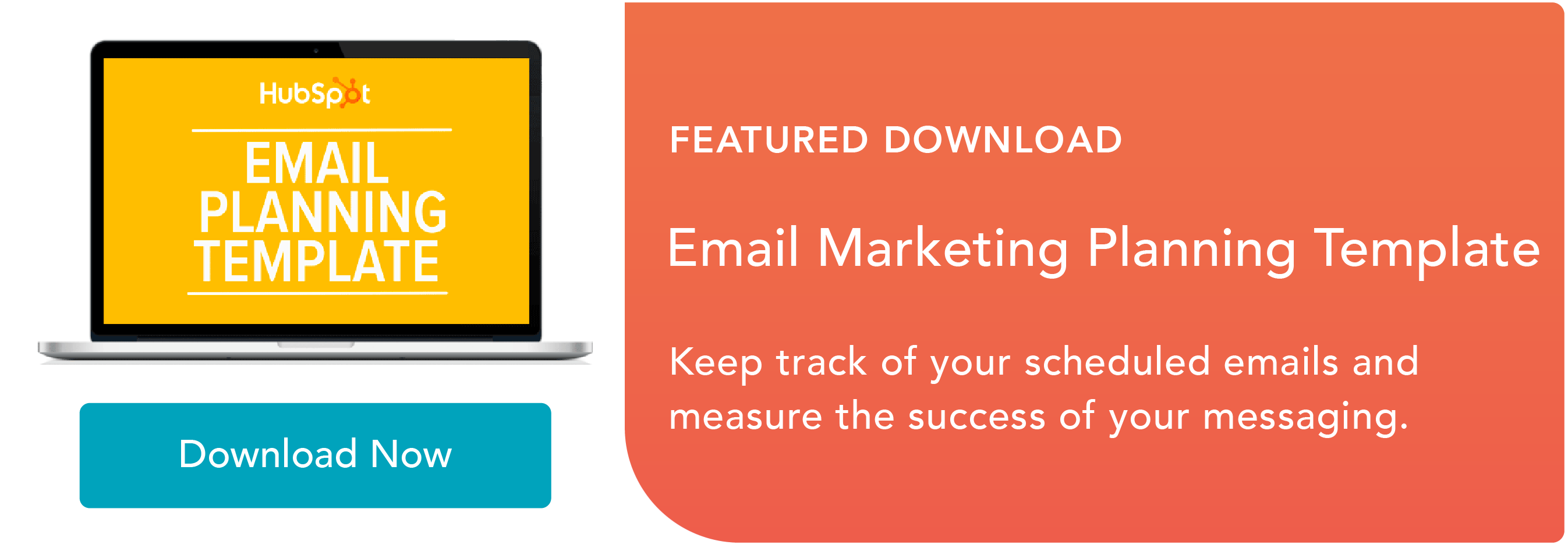

![Creating an HTML Email: The Design Guide You Need [+ Free Templates]](https://blog.hubspot.com/hubfs/html%20design.png)
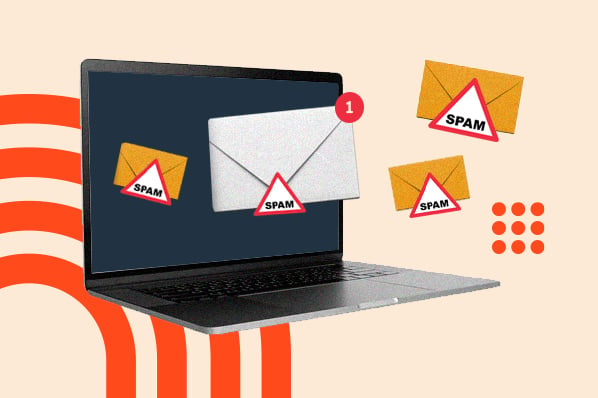
![Email Analytics [Research]: 8 Email Marketing Metrics You Should Track](https://blog.hubspot.com/hubfs/Untitled%20design%20%2851%29.jpg)
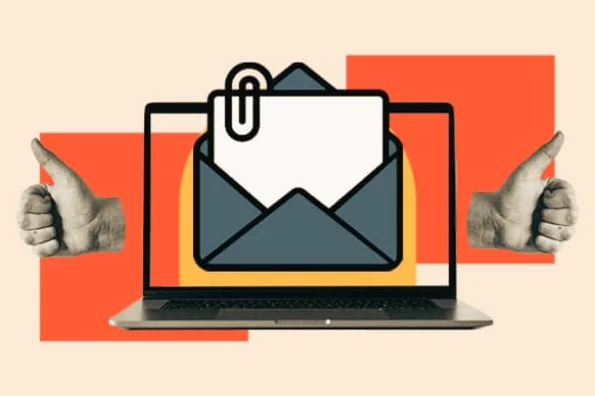
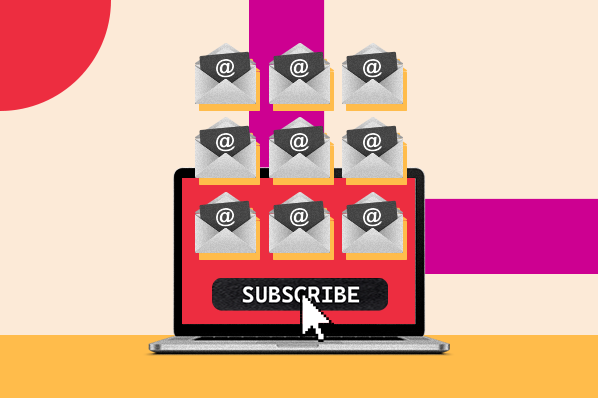
![How to Create a Product Launch Email [Outlines + Templates]](https://blog.hubspot.com/hubfs/create-a-product-launch-email_5.webp)
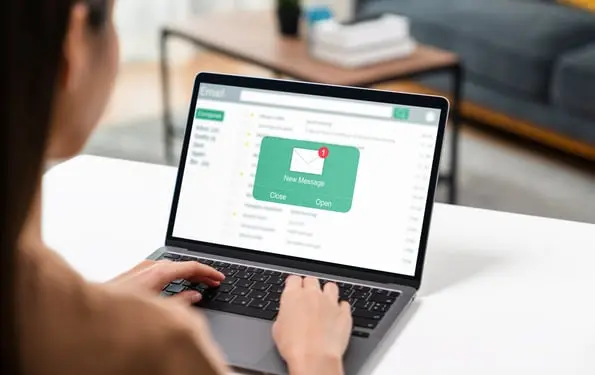
![16 Great Examples of Welcome Emails for New Customers [Templates]](https://blog.hubspot.com/hubfs/36_Welcome%20Email%20Templates.jpg)
![How to Embed Video in Email [Quick Tip]](https://blog.hubspot.com/hubfs/embed-video-in-email.jpg)